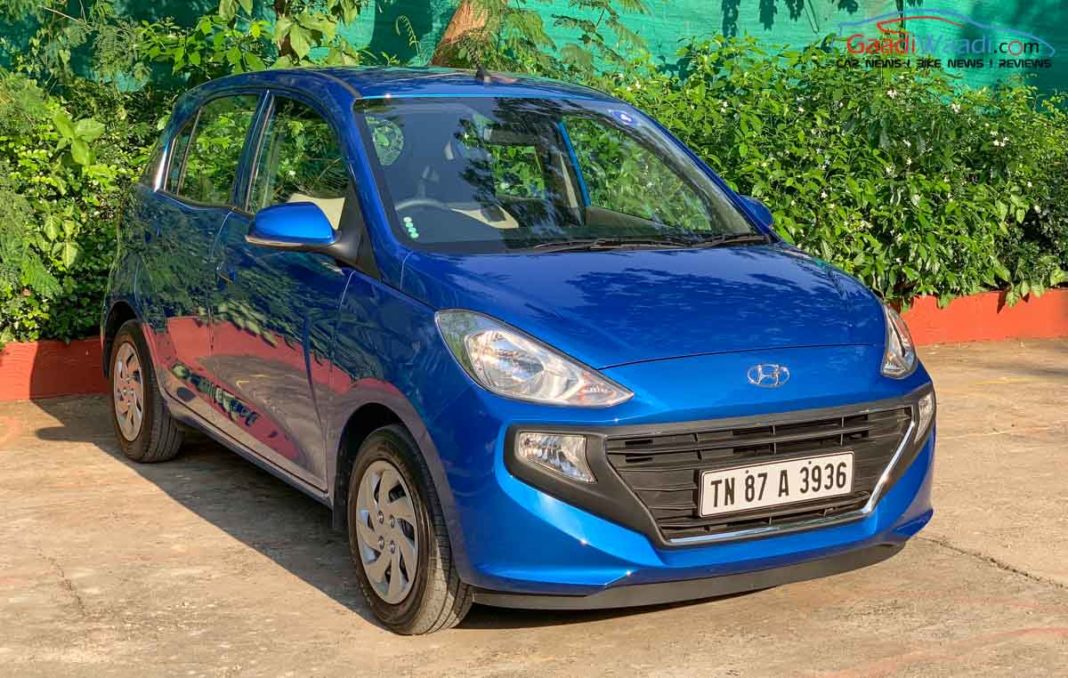
Hyundai Santro has been discontinued once again in India after making a comeback in late 2018 due to low sales
Hyundai Motor India Limited (HMIL) has reportedly discontinued its entry-level hatchback, the Santro in the domestic market. The report comes after the speculations that the diesel variants of the Grand i10 Nios and Aura have been let go of their respective lineups and the petrol version of the Santro shelved leaving doubts over whether the CNG would continue on sale or not.
The Santro can be credited with starting the tallboy trend back in the day and it was a cornerstone of Hyundai’s success since its inception in 1998. The old Santro’s production stopped towards the end of 2014 and the nameplate made a comeback in October 2018 in its all-new avatar – marking twenty years since the hatchback was first introduced.
It has now been discontinued again owing to the regular increase in car prices and the drop in demand. The report further noted that the draft notification mandating new cars with seating capacity of up to eight occupants to have six airbags for the M1 category might have played a big role in this decision.

Over the last six months, the Santro averaged less than 2,000 units per month and the last unit was rolled out of the production lines in Sriperumbudur, Tamil Nadu last week. In the financial year 2021-22, the second generation Santro’s sales stood at 23,700 units and as a whole, around 1.46 lakh units were recorded since its revival in late 2018.

